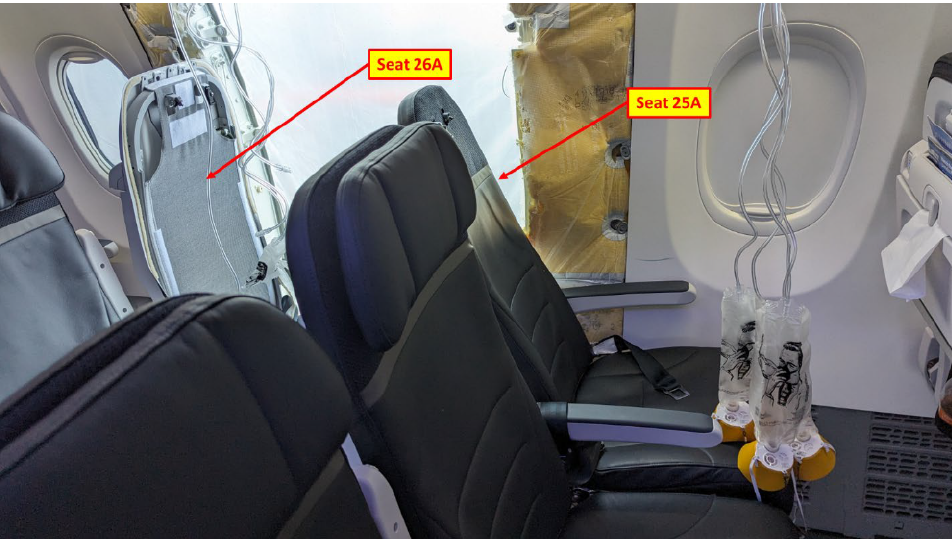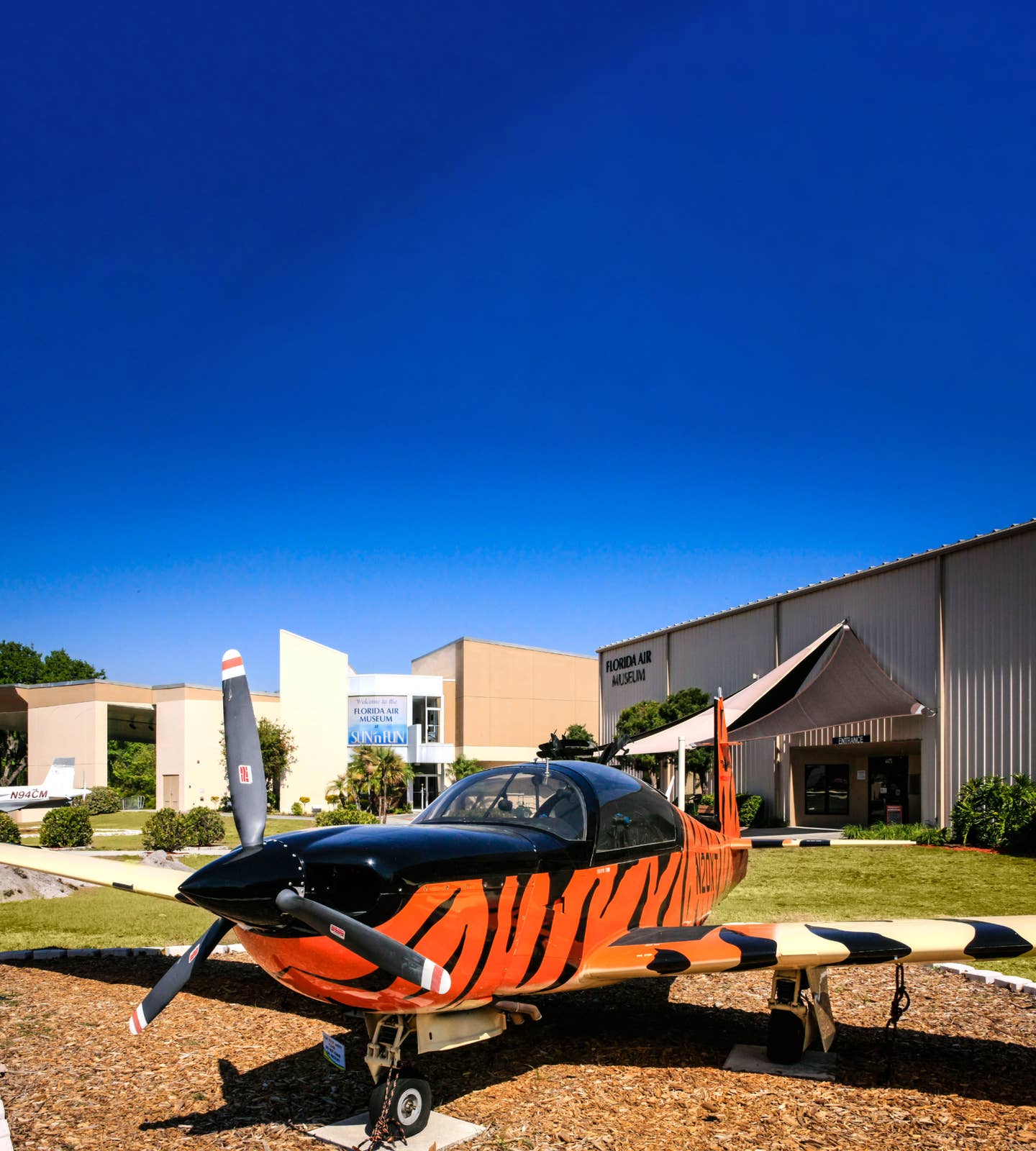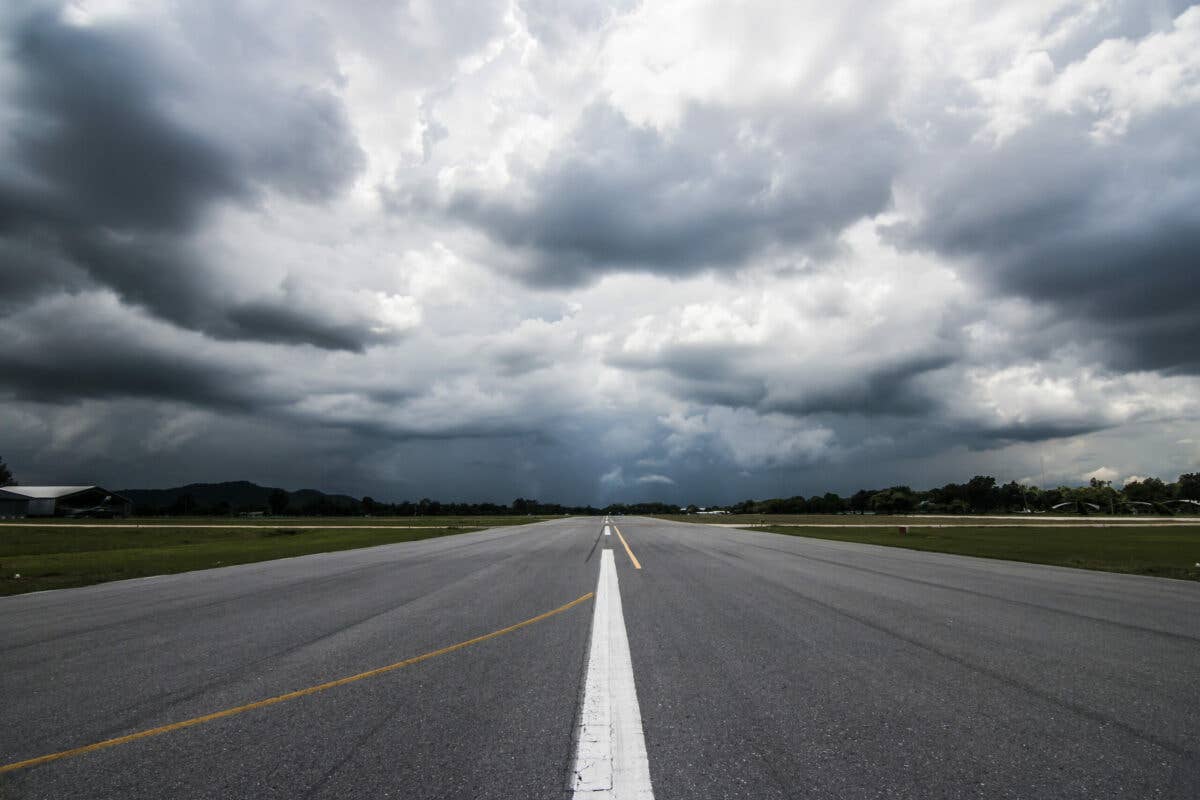Going Direct: Is The Solar Impulse A Waste Of Energy?
Solar Impulse 2 landed the other day at Moffett Field, in Mountain View, California, on the doorstep of Silicon Valley. It was a fitting intermediate destination for a grand project…
Solar Impulse 2 landed the other day at Moffett Field, in Mountain View, California, on the doorstep of Silicon Valley. It was a fitting intermediate destination for a grand project that sought to prove that solar power was a fitting energy source for airplanes.
In many ways, it has achieved the exact opposite.
I know it's convention to be uncritically approving of high-profile record attempts like this one, and I'm in awe of both the technology and the human endurance it took to make the Hawaii-California nonstop leg happen. Creating an airplane with enough solar-generation capacity and storage to allow it to fly both day, when the solar panels stored energy, and night, when the plane's engines consumed it, was a monumental engineering challenge. And the feat of the pilots, Bertrand Piccard and André Borschberg, who are tasked with flying a sensitive craft for long periods in cramped conditions, is astonishing. Congratulations to all on a remarkable achievement.
The flight, for the record, took over 62 hours, compared to 17 hours when Amelia Earhart first made the nonstop journey in a Lockheed Vega in 1935, so in that sense, it seems as though we are, as my dad used to like to say, making progress backwards. This solar plane is far slower and carries far less payload than Amelia's 1930s' technology greenhouse gas emitter. The cost of the Solar Impulse project is also staggering. Exact details are hard to come by, but estimates for the investment in the program so far run between $150 million and $250 million, a hundred times the investment of Amelia's team in 1935 corrected dollars.
There's also the idea of it being a record around-the-world flight. While the Solar Impulse 2 sets a record just about every flight it makes for the least fuel burned on that particular leg, the idea that this is somehow an around-the-world flight is preposterous. The airplane took off from Abu Dhabi in March of 2015, and after it wandered its way to Hawaii, it had to be essentially rebuilt, due to overheating problems with the batteries, requiring months of repair. The next legs of the flight are yet to be determined; Piccard suggested Phoenix as a possible next stop. Plenty of sun there. The already 13-month trip is bound to take a lot longer to complete, which calls into question, in my mind at least, if it's really all one flight or merely a series of long legs.
Regardless, the Solar Impulse team says that the biggest mission for the flight is to promote clean energy, and that's a laudable goal. But for my money, the work that Siemens is doing in creating new battery technologies is the work that might not be as sexy, but really matters more. What the Solar Impulse team has done is to show in many ways just how far we are from solar power being a viable form of energy for air transportation. It really makes no sense at all.
Then again, flying a small, single-engine plane nonstop from New York to Paris made no sense when Charles Lindbergh did it in 1927. Yet somehow it changed everything. With the world a lot more blasé about technology today than it ever has been, Solar Impulse will have a far lesser impact on the public consciousness than the "Spirit of St. Louis" did. But less is not the same as none, and there's no telling what it might bring. In the same way as Lindbergh's flight energized the world to think about aviation differently, maybe Piccard and Borschberg's series of sorties will spark the imagination of engineers and pilots to come who will ply the skies silently and cleanly. You never know what might happen, but I wouldn't bet against it.

Subscribe to Our Newsletter
Get the latest Plane & Pilot Magazine stories delivered directly to your inbox






